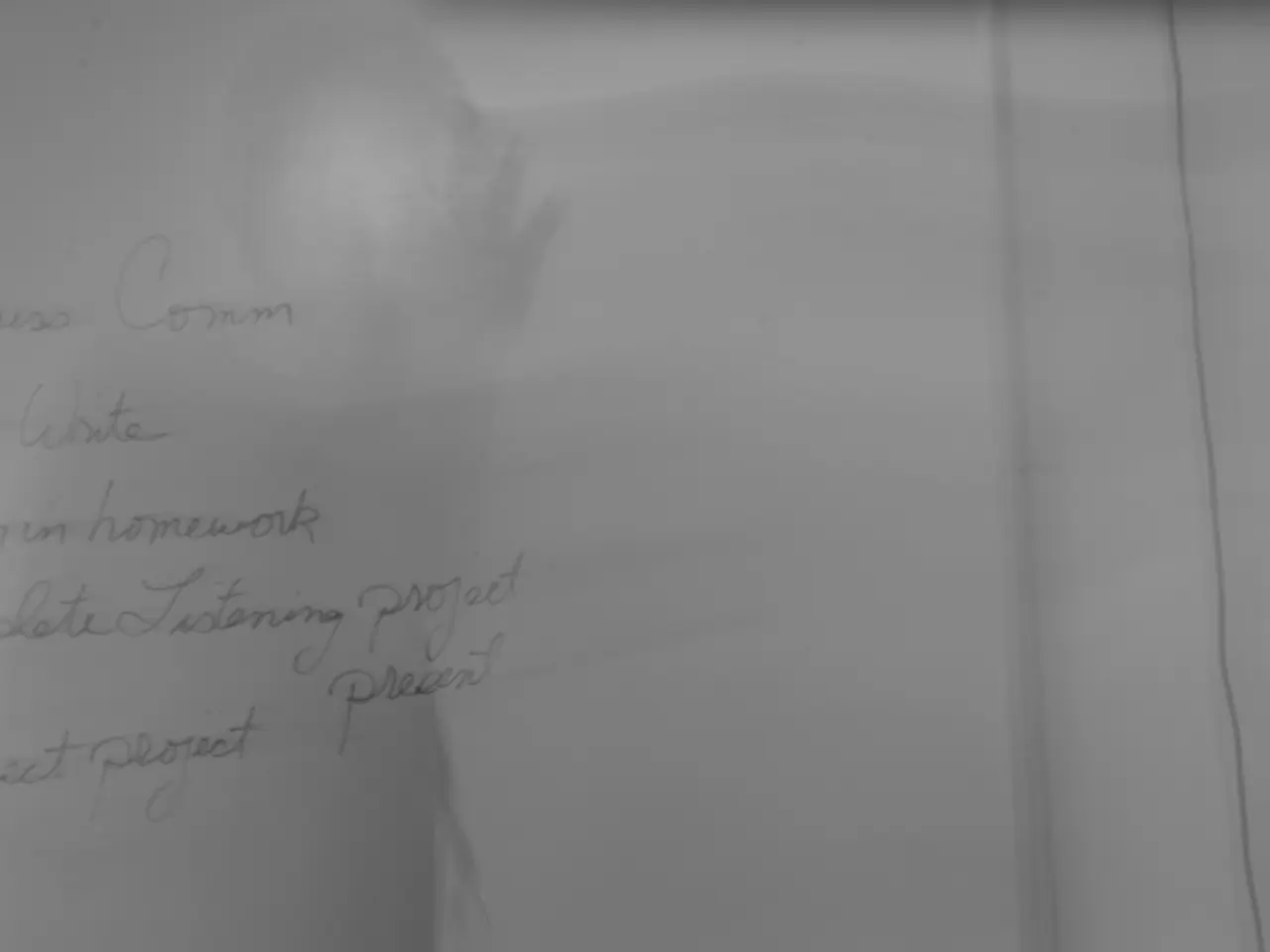Departure at Federal Reserve Board: Trump capitalizes on the opportunity
In a significant move, President Donald Trump is set to fill a vacancy on the Federal Reserve Board, a move that could potentially reshape the central bank's leadership and monetary policy direction. The resignation of Adriana Kugler on August 8, 2025, leaves a vacancy that Trump is expected to fill, giving him a key opportunity to influence the Fed's future course [1].
Kugler's departure is significant as it is the only Fed governor vacancy Trump is certain to control in the near term, ahead of Jerome Powell's chairmanship ending in May 2026 [1]. Trump is likely to nominate a successor who could become Powell's successor as Fed chair, or further shape the board's policies via this appointment [1]. This move may increase Trump's influence over Fed policy, including interest rate decisions, as the Board of Governors plays a critical role in setting monetary policy.
Kugler, known for her commitment to the Fed's dual mandate of price stability and labor market strength, and her data-driven approach to inflation and labor markets, will be missed for her expertise in these areas [2][3]. Her departure may affect the board's internal dynamics and policy perspectives.
Meanwhile, the Fed has been cautious about monetary policy due to existing inflation risks from Trump's radical trade policies. Trump has been advocating for a significant reduction in interest rates to lower borrowing costs and stimulate consumption and investment. At the latest decision of the central bank council on Wednesday, two members, Michelle Bowman and Christopher Waller, advocated for a reduction in interest rates [4].
However, the Fed council's expected interest rate cut has not yet materialized, which Trump personally holds against Fed Chair Jerome Powell. Trump has publicly criticized Powell, referring to him as a "stubborn IDIOT" and demanding his resignation [5]. Trump has also threatened to remove Powell, but the legal hurdles for such a step are high and it is not legally clear whether a US president can actually remove the head of the central bank [6].
Recent Fed data shows that US growth slowed in the first half of the year, while economic uncertainty persists. The interest rate sets the price at which banks borrow from the central bank, and a reduction could indirectly boost economic growth [7]. This could signal that the Fed will cut interest rates for the first time since December 2014 in September [8].
Trump sees the unexpected resignation of board member Adriana Kugler as an opportunity to nominate loyal followers to the central bank council [9]. Trump has also called for the Fed board to take control if Powell continues to refuse to lower the interest rate significantly [10].
It is worth noting that Christopher Waller, who is said to have political ties to Trump, is considered a possible successor to Powell [3]. The US Central Bank's council sets the crucial interest rate, which can indirectly boost economic growth. Dissenting voices in the central bank council are rare, but Trump's pressure may lead to further members aligning with his line [4].
In conclusion, Trump's appointment to fill Kugler's vacancy could shape the Fed's future leadership and monetary policy, potentially impacting decisions on interest rates and the Fed's broader policy approach over the next years. The Fed's upcoming interest rate decision in September could provide insights into the direction the central bank is heading.
The upcoming appointment by President Trump to fill Adriana Kugler's vacancy on the Federal Reserve Board could affect the Fed's future leadership and policy directions, potentially impacting decisions on interest rates and the Fed's broader approach in the coming years. The implications of Trump's political leanings on policy-and-legislation, as well as general-news, are significant as they may reshape the central bank's policies and service, including monetary policy, following Kugler's departure.








